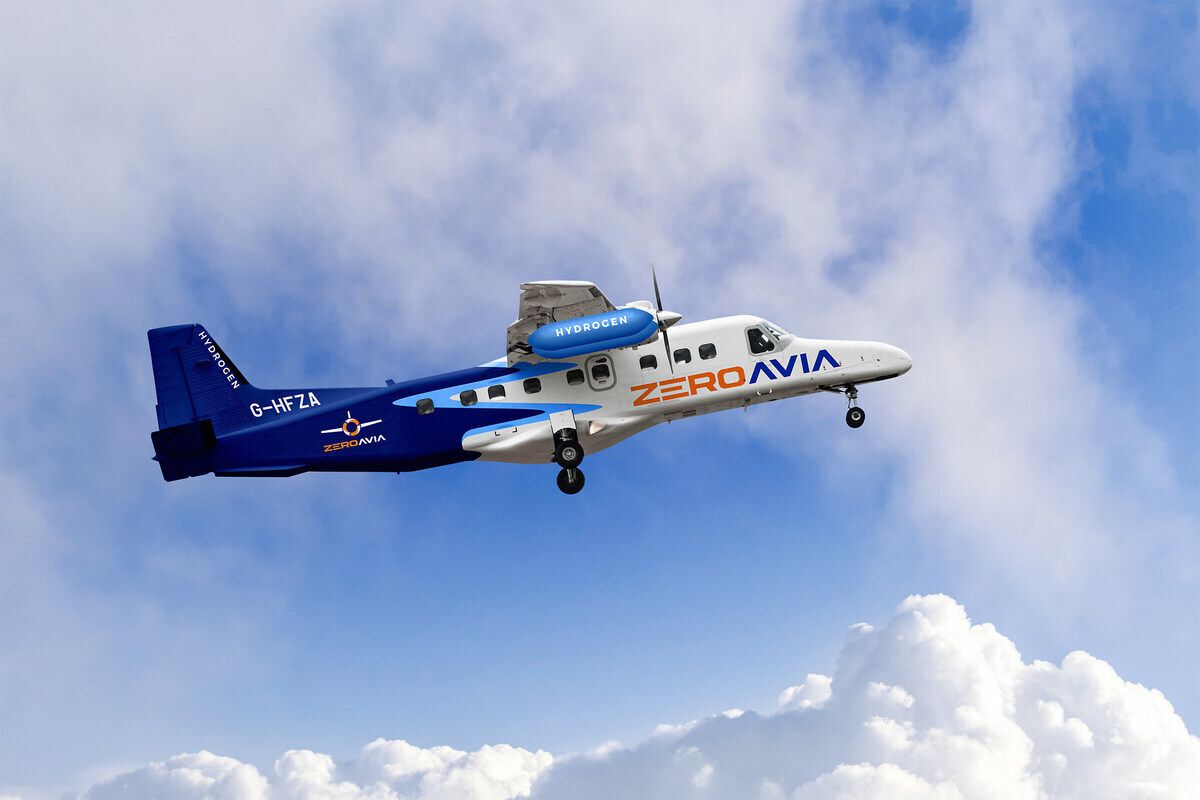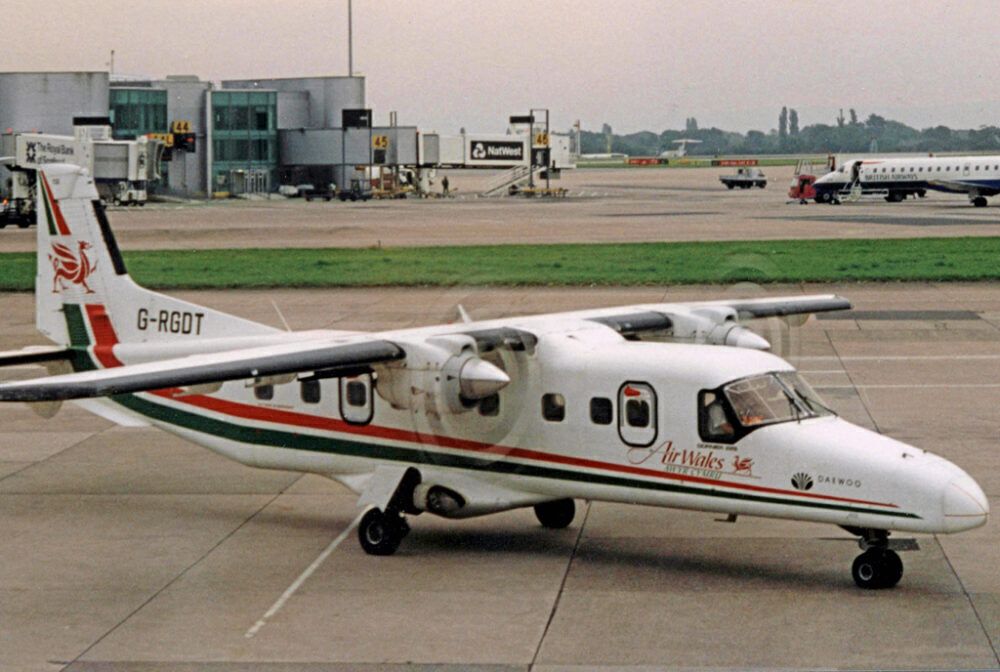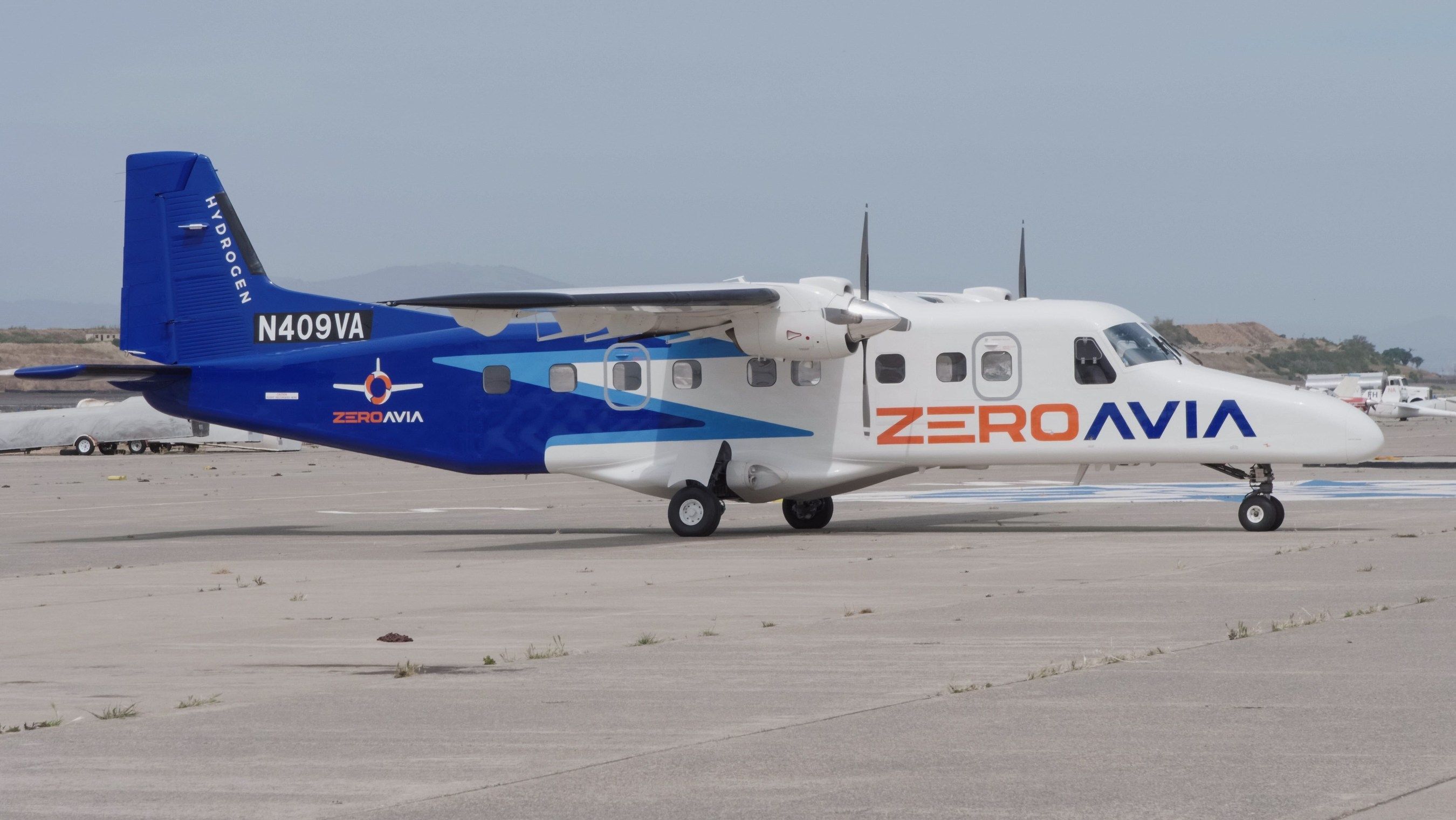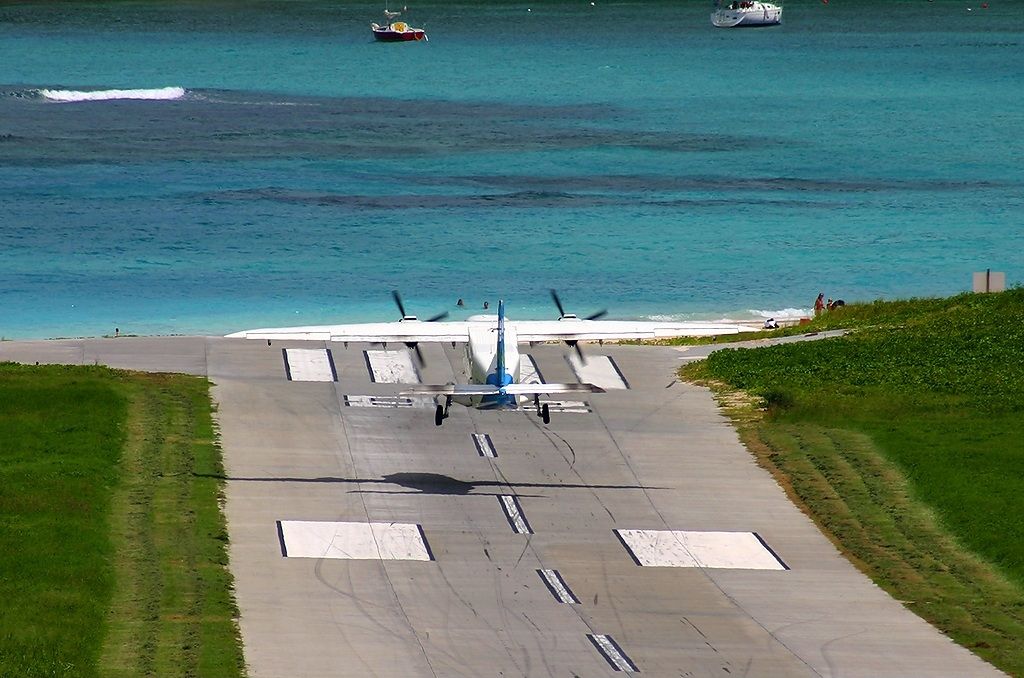Summary
- The Dornier 228 features STOL capabilities and can carry up to 19 passengers, making it versatile for utility missions.
- RUAG acquired production rights for the Dornier 228NG in 2007, leading to modernized features like a glass cockpit and composite propellers.
- General Atomics acquired the Dornier 228NG production rights in 2020, planning to relaunch production with hydrogen fuel cell technology.
The Dornier 228 is a twin-engine utility aircraft designed and developed by Dornier GmbH of Germany. The turboprop powered aircraft features short takeoff and landing (STOL) capabilities and has a capacity of up to 19 passengers. The first 245 units were built in Germany, after which, Hindustan Aeronautics Limited (HAL) of India purchased the license. The HAL built another 125 aircraft and transported them to RUAG Aviation in Germany for the final assembly.
Combining a solid structure and versatile internal capacity, the Dornier 228 turboprop has proved its worth as a rugged utility aircraft that can also cater to smaller passenger loads. This article explores the operational history of the Dornier 228 and its commercial tenure.
Development
In the late 1970s, the German aircraft manufacturer Dornier took on the challenge of designing a new high-technology turboprop aircraft that could be deployed in various roles. Having spotted a hole in the market for a smaller commuter-type airliner seating up to 19 passengers and with many of the world's De Havilland Canada (DHC) Twin Otter fleet nearing the end of their useful lives, the designers at Dornier set about designing the new aircraft.
However, to increase the new aircraft's versatility, the designers' brief was expanded to incorporate features that would allow the new plane to carry cargo, fly various other specialist missions and operate from unpaved surfaces. Two variants were planned, one with a capacity for 15 passengers and a stretched version capable of carrying up to 19 passengers, both with a 1-1 cabin layout.
In June 1979, Dornier flight tested a new high-technology wing design intended for the new aircraft, which by this stage had been designated as the Dornier 228.
Using a modified Dornier Do-28 Skyservant testbed aircraft retrofitted with the new so-called 'TNT' wing design ('Tragflügel neuer Technologie,' which translates as aerofoil new technology) and powered by a pair of Garrett AiResearch 533KW (715 hp) turboprop engines, this aircraft undertook a 30-month flight test program. During this time, seven different propellor designs were evaluated, amongst other key components.
Characteristics
The Dornier 228 was designed as a twin-engine turboprop capable of transporting up to 19 passengers or cargo. The plane offers STOL capabilities, allowing it to operate from unprepared, unpaved, and grass surfaces and specialize in hot and high environments.
This capability is attributed to the unique design of the TNT wing, capable of generating large amounts of lift at slow speeds.
.jpg)
Which Operators Fly The Oldest Active Dornier 228s?
Many Dornier 228 aircraft are in active service worldwide - Here is a list of companies flying the oldest.The Dornier 228's rectangular fuselage cross-section and large side-loading doors make it particularly suitable for utility missions - a market targeted by the Dornier from the outset. The Dornier 228 is typically promoted for its versatility, low operational costs, and high levels of dispatch reliability - up to 99%.
In early marketing materials, it was claimed that no other aircraft in the same class as the Dornier 228 could carry as much cargo or as many passengers over an equal distance as fast.
Dornier 228-200 specifications
|
Maximum cruising speed |
266 mph (428 kph) |
|
Range |
702 miles (1,130 km) with a maximum load |
|
Empty weight |
6,803 lbs (3,086 kg) |
|
Maximum take-off weight (MTOW) |
12,566 lbs (5,700 kg) |
|
Wingspan |
55 ft 8 in (16.97 m) |
|
Length |
54 ft 4 in (16.56 m) |
|
Height |
15 ft 11 in (4.86 m) |
|
Wing area |
344.3 sq ft (32 sq m) |
Service history
The first definitive Dornier 228 fitted with the newly designed fuselage and tail structure flew for the first time in March 1981. German certification followed late that same year, on December 18th, 1981.
The first production Dornier 228 was delivered to the Norwegian commuter airline Norving (no longer operating) in the summer of 1982. This was a -100 series version of the aircraft with a shorter overall fuselage length.
Shortly after the first deliveries were made, a Dornier 228-100 company demonstrator was lost while undergoing certification tests for the UK's Civil Aviation Authority (CAA) in Ausburg, Germany. In all, 35 Dornier 228-100s were built before the company turned its attention to the longer series 200 model, which offered operators greater capacity and better operating economics than its smaller sister.
Development of the longer series 200 Dornier 228 culminated with the first flight of the type on May 9th, 1981. This longer variant became the standard production model of the type. The first operator of the larger series 200 was Jet Charters in late 1982.
Certification from both the British (CAA) and American (Federal Aviation Administration) aviation authorities was achieved on April 17th and May 11th, 1984, respectively. As orders began to be received by the manufacturer, the production rate of the Dornier 228 was increased to three aircraft per month by mid-1983.
Dornier's sales plan forecast that up to 300 Dornier 228s would be required by the end of the 1980s - a demand that the small manufacturing plant located at Oberpfaffenhofen in Germany could not meet. Therefore, in November 1983, a license agreement was signed between Dornier and Hindustan Aeronautics Limited (HAL), based in India.
This major license-production and phased technology-transfer agreement allowed HAL to produce Dornier 228 aircraft under license from Dorner, and a separate production line was established in India. HAL produced its first Dorner 228 aircraft in 1985.
Over the years, Dornier offered the 228 in a wide range of variants to meet the demands of the wide range of customers drawn to the type. Upgraded variants were offered, as were those fitted with optional equipment for various special missions, such as maritime patrol, surveillance, cargo operations, border patrol, and military operations.
In 1996, due to Dornier's growing financial difficulties, it was announced that all future manufacturing operations for the 228 would transfer to India, where the 228 was being used extensively by the Indian military.
In 1998, activity on the German production line was halted, allowing the German manufacturer to concentrate on producing the larger Fairchild-Dornier 328 turboprops, on which the company's fortunes (and survival) now rested.
The Dornier 228 is reborn
In 2002, the Swiss-based aerospace company RUAG took over the production rights for the Donier 228 from Fairchild-Dornier. RUAG acquired the Dornier 228 type certificate in 2003 and, in 2007, announced that it would launch a modernized version of the aircraft, designated as the Dornier 228 Next Generation, or Dornier 228NG.
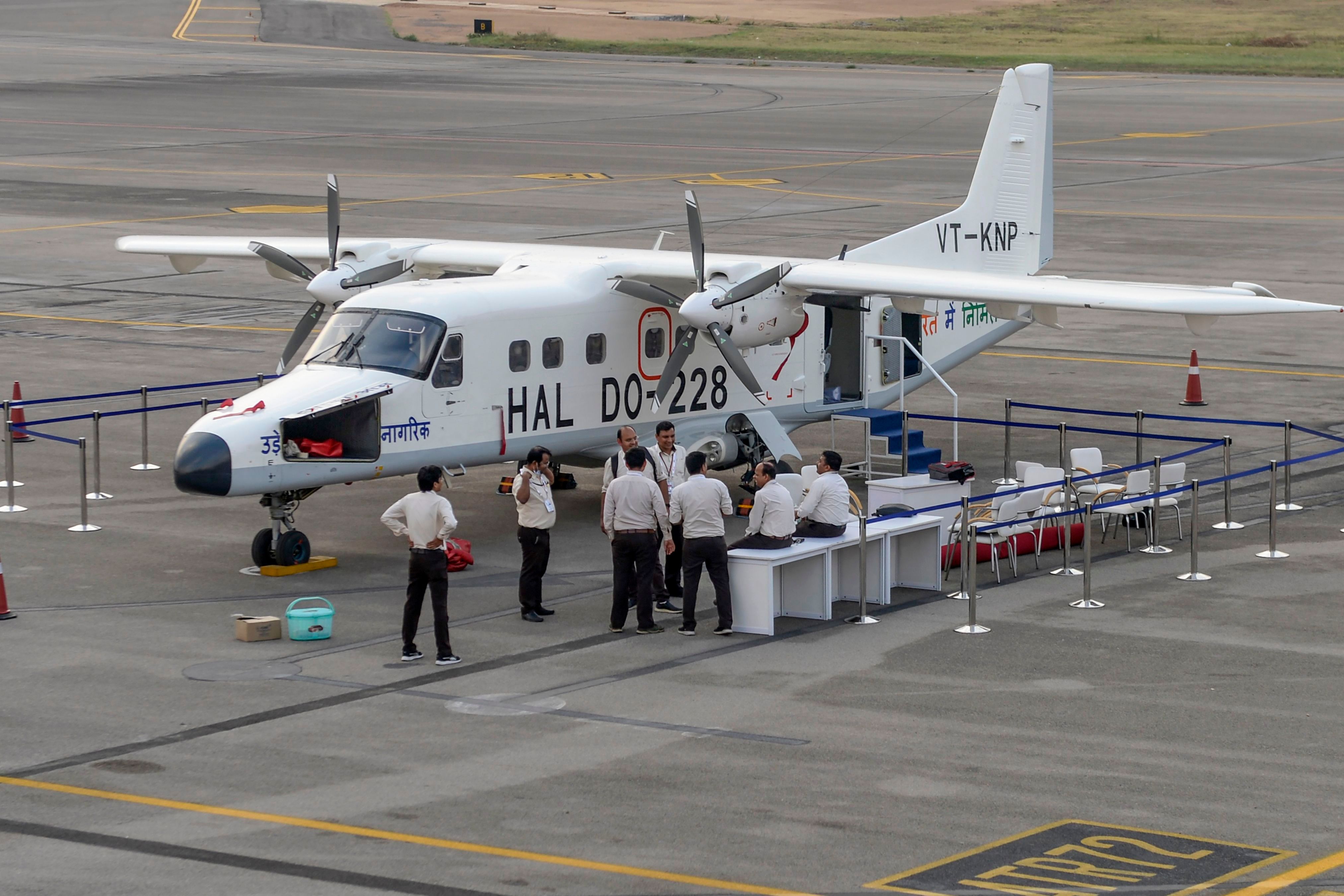
Alliance Air Welcomes First Indian-Built Dornier 228
The carrier will further its regional ambitions with the latest aircraft.On August 18th, 2010, the Dornier 228NG received its airworthiness certification from EASA (the European Aviation Safety Agency). While RUAG maintained the Dornier 228 final assembly in Germany, most airframe sub-assemblies, such as the wings, tail, and fuselage sections, continued to be produced by HAL in India.
While the exterior design of the 228NG remained almost identical to the earlier 228-200 model, the newer version featured an uprated five-blade propeller made of composite material, more powerful engines, and an advanced glass cockpit featuring electronic instrument displays and other upgraded avionics. The first delivery of a 228NG was made to the Japanese operator New Central Aviation in September 2010.
RUAG decided to suspend production of the Dornier 228NG after the completion of an initial batch of eight aircraft in 2013. However, breathing new life into the program, in 2014, RUAG and the India-based Tata Group (no strangers to aerospace themselves) signed an agreement for Tata to become a key supplier of the 228NG program.
As a result of the deal with Tata, production was re-commenced in 2015, and deliveries of four aircraft per year were planned from 2016.
In February 2016, RUAG announced that they were set to begin mass production of the Dornier 228NG at its German production line in the middle of that year, with the company reporting that the assembly line could produce a maximum of 12 aircraft per year. However, this production scale never materialized, and RUAG sought to sell the rights to the Dornier 228 design not long afterward.
Up until this point, some around 370 Dornier 228 and 228NG had been built in total. While most of these were the 19-seat passenger variant, many others found themselves operating on more specialist missions, such as those mentioned above.
A third generation for the 228
On September 30th, 2020, the European division of the US aerospace and defense giant General Atomics bought the Dornier 228NG production rights along with the production line in Oberpfaffenhofen from RUAG. The sale was completed in February 2021.
The US company stated at the ILA Berlin Airshow back in June 2022 its intention to relaunch production of the Dornier 228 twin-turboprop, with the first example to roll off the Oberpfaffenhofen final assembly line in 2024.
While General Atomics sees enormous potential for the rugged turboprop in the future, they are also undertaking studies to future-proof the design to meet modern-day requirements. The organization is currently working alongside MTU Aero Engines and the German aerospace research center DLR to develop a hydrogen fuel cell powertrain for the type.
The company has provided a single 228 testbed aircraft to the DLR and MTU for this fuel cell conversion project. The work involves replacing the port Honeywell (formerly Garrett) TPE331 turboprop engine with a 600kW electric motor powered by a hydrogen fuel cell system. The first flight of General Atomics' hydrogen-powered 228 is expected in 2025.
General Atomics is not alone in using the Do 228 as a fuel cell testbed. ZeroAvia is also converting a pair of 228 aircraft to test its 600kW ZA600 powertrain, as recently reported by Simple Flying.
The future looks bright for the 228
With many aircraft still in service and several new operators expressing an interest in a third-generation 228 alongside the new hydrogen power variants coming down the track, the future for the 228 looks brighter than it has done for a long time.
While the plane ostensibly remains a 40-year-old design, with new enhancements and technologies being incorporated, there is still plenty of life in the small, rugged, and versatile turboprop.
Have you ever flown on a Dornier 228? How do you see its prospects for the future? Let us know in the comments.
Source: General Atomics, ch-aviation, FlightGlobal

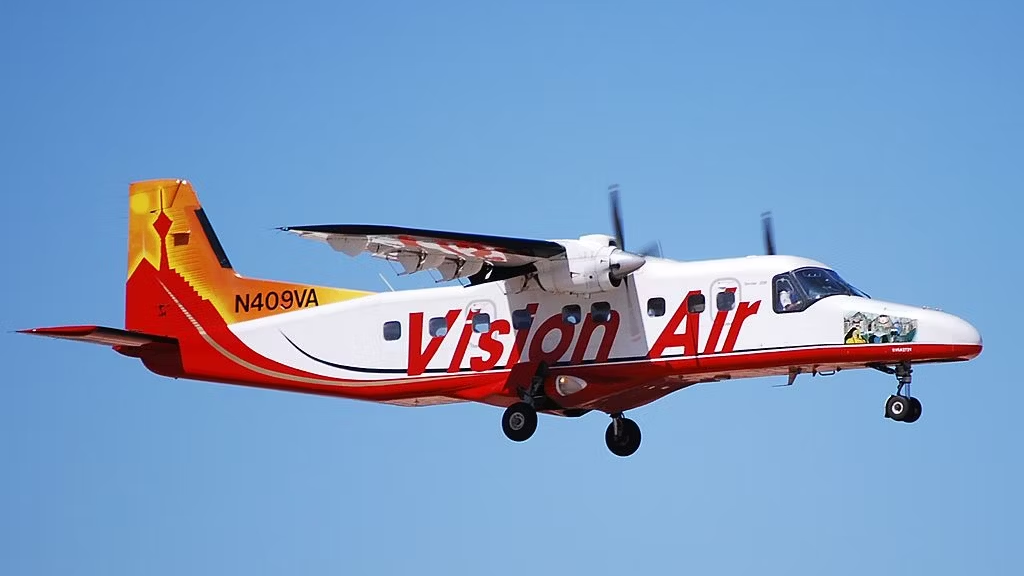
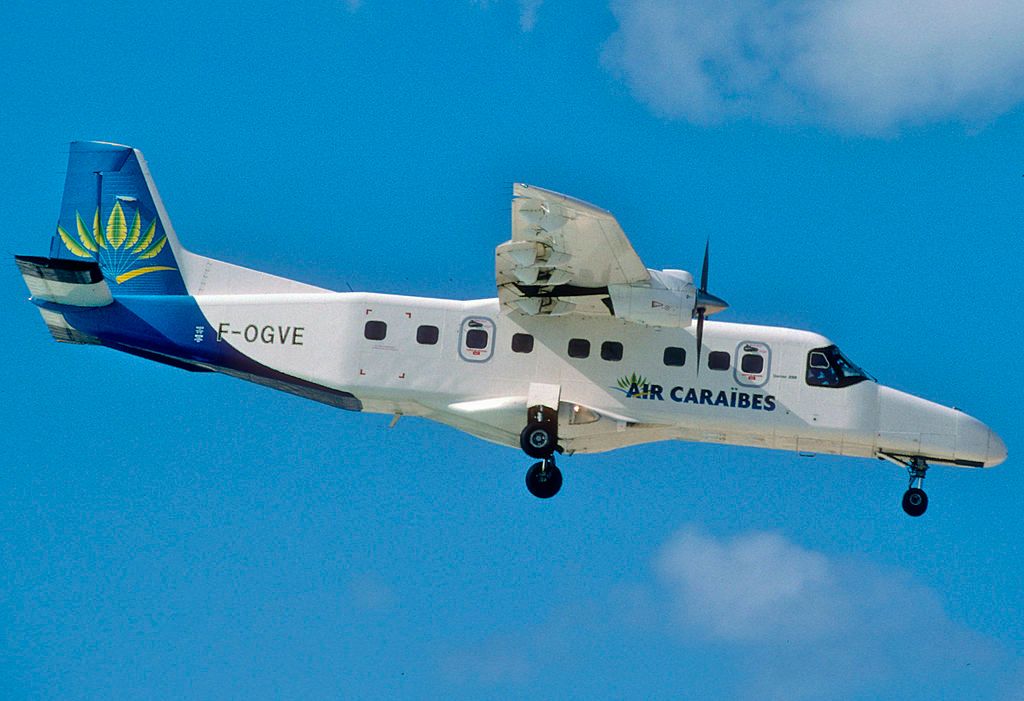
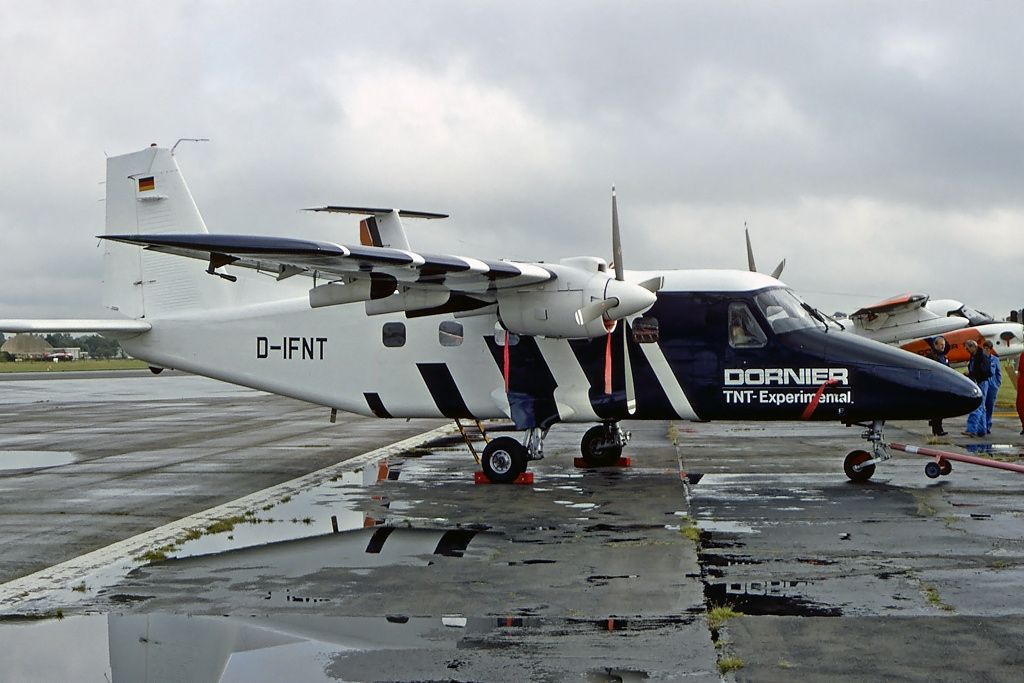
.jpg)
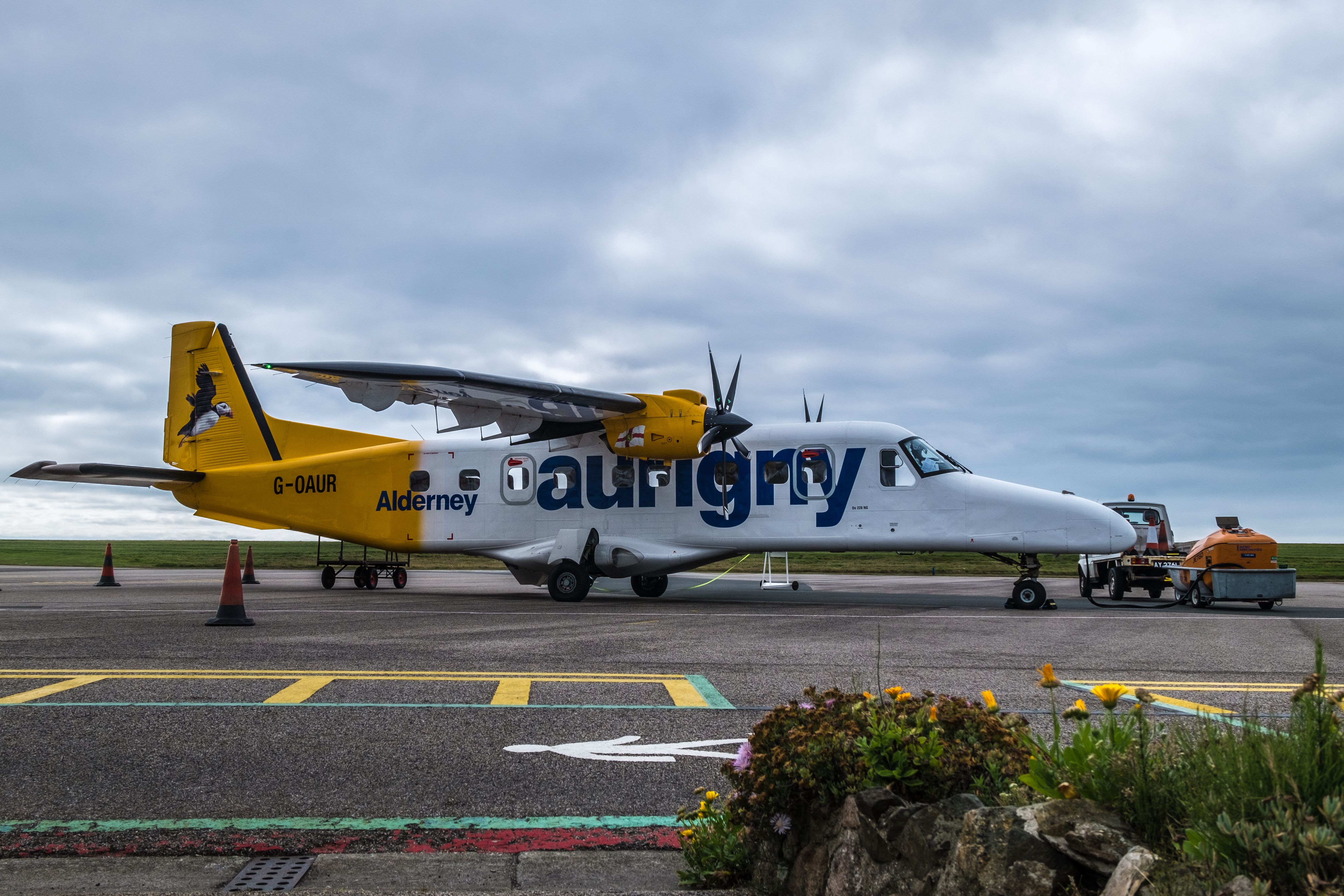
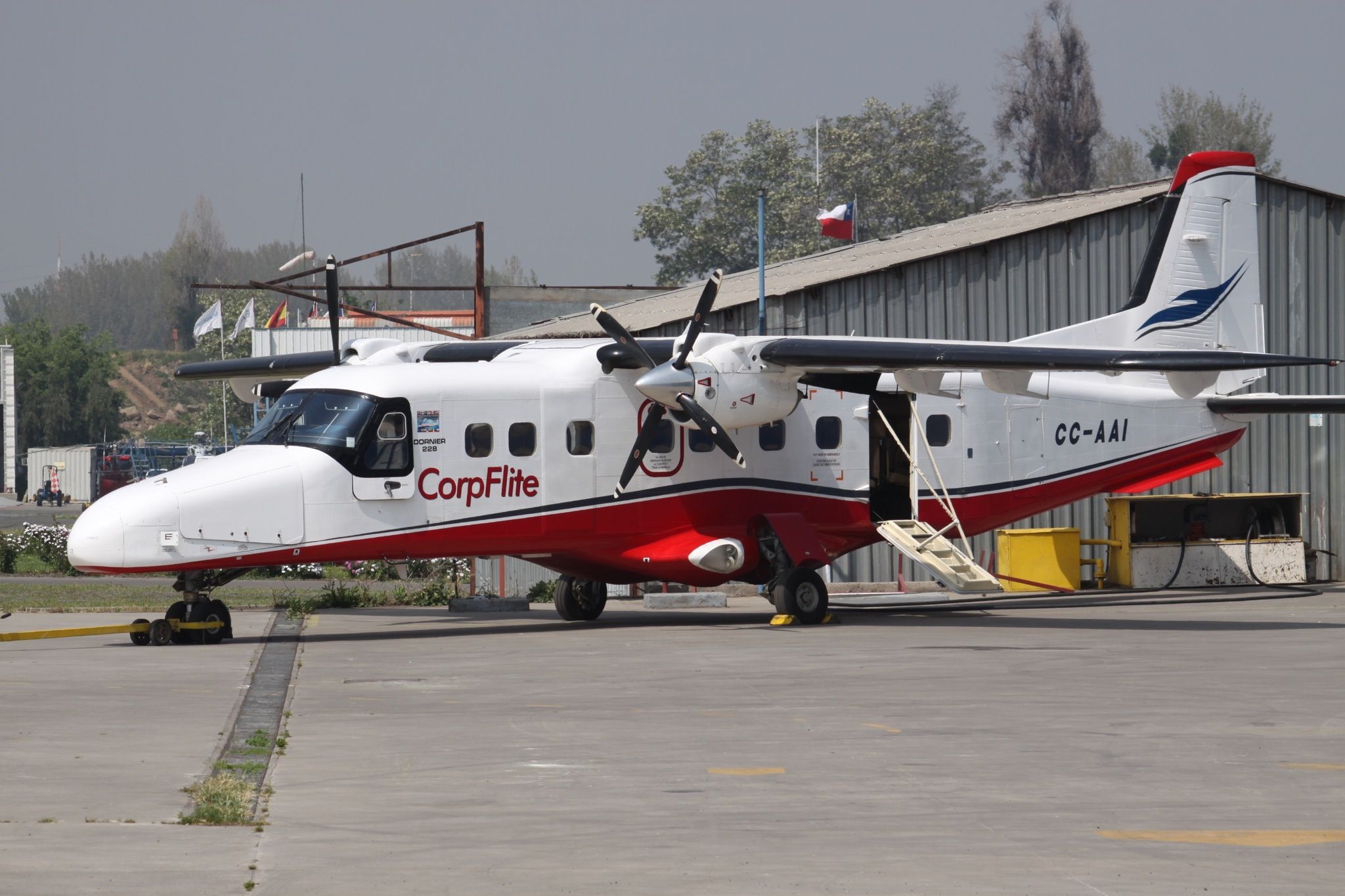
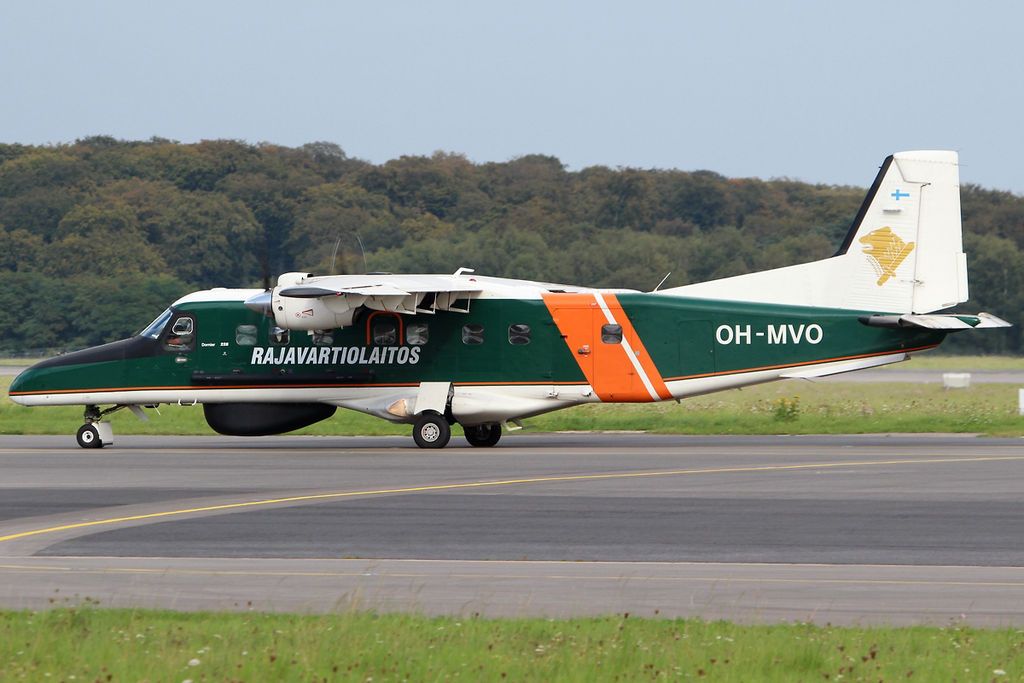
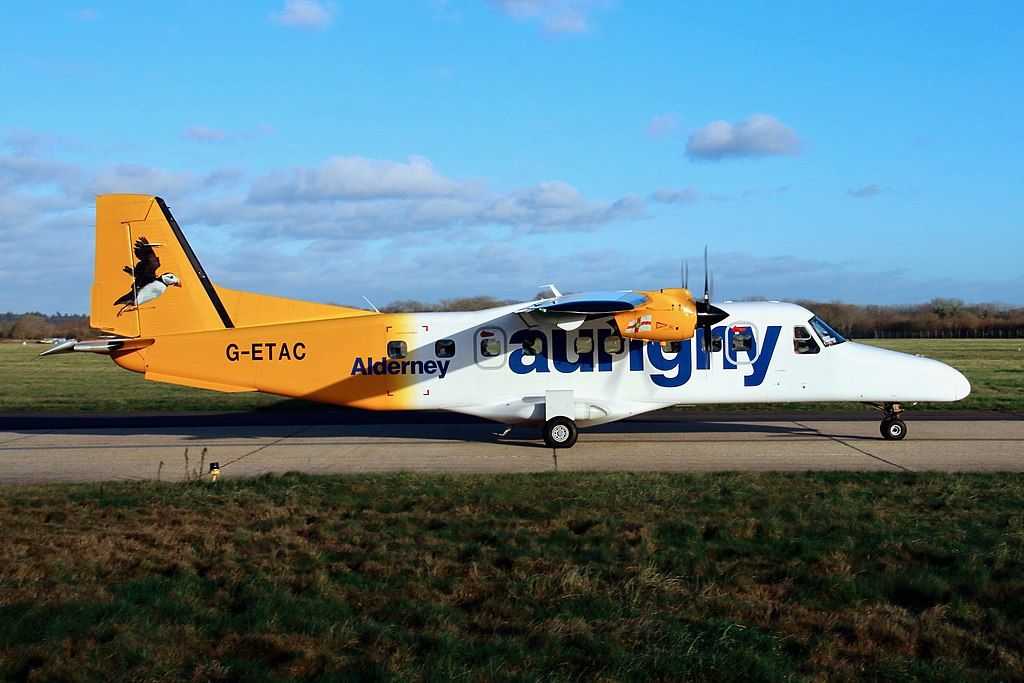
.jpg)
